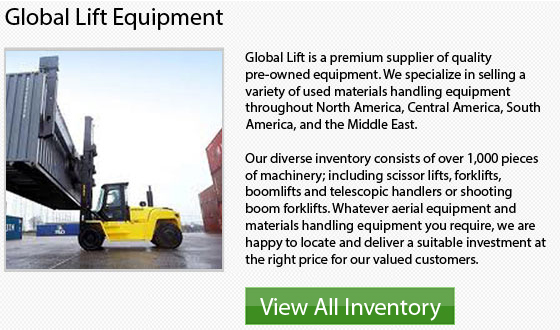
Dangers of Type-G forklifts
Forklifts perform an essential role in the operations of warehouses and other businesses. These machines are capable of lifting and moving immense loads from one place to another. There are several variations on the lift truck. The primary variation is the way in which different types of forklifts are fueled. "LP" lift trucks are the most popular kind. They run on liquid propane. Type "E" forklifts operate on electricity and have big rechargeable batteries. Type "D" forklifts use diesel and type "G" use gasoline. While all lift trucks, like any piece of heavy machinery, could pose a danger, the type of forklifts which are fueled by gasoline carry the most risks.
Fire
Forklifts labelled type G could present a fire hazard. Gas forklifts are not made with the same rigorous standards. Gas leaks are the biggest cause of fire due mainly to gas leaks and also escaped gas fumes. This could result from normal wear and from accidents or driving on extremely rough terrain. These circumstances pose a danger and could result in fire. Hence, a typical Type G forklift should never be used in conditions where elevated fire risk is deemed unacceptable. Like for instance, these kinds of forklifts must not be used around dangerous or explosive chemicals.
Explosion
Gas lift trucks also pose a risk of explosion, as do liquid propane and diesel based lift trucks. A gasoline fueled forklift could explode as a result of a serious mishap in circumstances where a gasoline leak and an ignition source are both present. An explosion could take place when sparks are created in the collision and the sparks ignite the gasoline.
Fumes and Exhaust
Due to bad fumes, the gas lift truck does pose a risk for inhalation, which can be deadly in higher concentrations. Fumes could result from gasoline leaks or from the exhaust itself. Therefore, a Type G lift truck is really not recommended for any setting which is poorly ventilated. The exhaust would present a serious hazard in enclosed places. This particular type of forklift must be used with care when operated in close proximity to people.